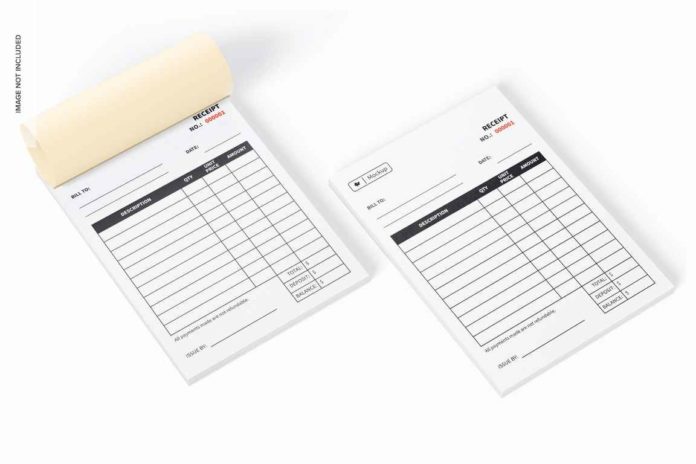Technology has evolved considerably since the start of the 21st century, yet, fortunately, we are all still human – except, unfortunately, as humans, we make mistakes. In particular, duplicate invoices can burden finance teams and impact the business overall, leading to possible massive costs.
The following lists 5 ways in which companies can reduce losses caused by duplicate invoices.
Table of Contents
Vendor File Maintenance
Finance teams usually have a Master Vendor File (MVF) on the vendors that they associate with, but it should be kept in mind that sometimes vendors change their names or relocate their main office – without notifying the finance team. This means that someone must look for these changes and manually edit details in the MVF so that the vendor details are up-to-date and accurate, and no payments are lost because of incorrect details.
Double-Triple-Check
Human error is most likely the number one cause of duplicate invoices. Whether that is simply mistyping “1” as “2”, or missing an apostrophe in a business’ name, these small mistakes may end up not being small at all.
For companies still implementing manual data input, errors like these are more common than one would think. As a result, duplicate invoices are created, leading to more mistakes and problems that the finance team would need to fix.
A way to manage this would simply be to not only double, but triple-check data on invoices, including company names, the amount, invoice number, and so on.
Preventing Fraud
Fraudulent invoices are an easy way for scammers to swindle companies, as some invoices can be difficult to distinguish from original to fraudulent. There is also the possibility that vendors may slyly charge companies extra for services or add-ons that were not requested – so it is always best practice to check what the invoices are for, from who, and the amounts.

Centralised Space for Invoices
Perhaps one of the easiest solutions to help reduce losses is to have a centralised space for all invoices that the accounts payable (AP) team has access to. Having one email address, one office address, a single fax number, etc. are ways in which one can centralize incoming invoices.
Outsourcing Artificial Intelligence (AI)
All of the solutions mentioned beforehand can actually be handled by new software that automates AP processes. These are becoming a considerably popular alternative to manual processes, which are undoubtedly more time-consuming and prone to human error.
One of these is Xelix, a Software as a Service (SaaS) product that can help minimise, if not completely prevent, the risk of duplicate invoices, powered by AI and machine learning.
As it is becoming known, manual AP processes are running behind in terms of efficiency, with more pressure on companies to turn to automated procedures that make it not only easier but faster and more efficient compared to the former. The Xelix platform offers all of the above solutions (and more!) which can improve overall business effectiveness.
Gone are the days of straining one’s eyes at the computer screen, reading and manually editing large amounts of data in an Excel spreadsheet, or getting paper cuts from filing physical copies of invoices and statements – automated AP practices are the future, with more and more companies evolving to adapt to the technology-saturated world that we live in today, including implementing workflow automation platforms within AP.




